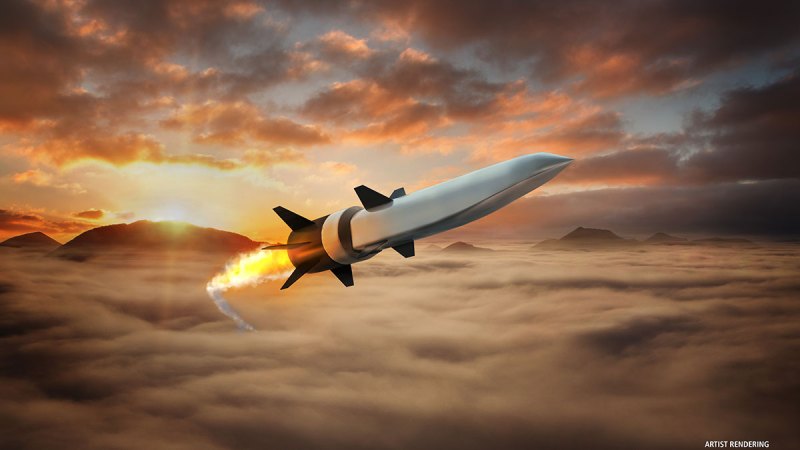North Korea’s inter-continental ballistic missiles still have a lot of work to do in order to be ready for prime time, the Defense Intelligence Agency claims. North Korea in the past has had problems getting its missiles up – but that technological hitch may not last long.
According to a report by Bloomberg News, North Korea still faces a number of “important shortfalls” in its longer-range missiles like the Taepo-dong 2 and the KN-08 inter-continental ballistic missiles. Last month, North Korea saw a failure when it attempted to launch a missile during a test.

That said, senior American intelligence officials note with concern that North Korea is not letting the failures prevent a push toward developing a reliable ICBM inventory.
“North Korea has also expanded the size and sophistication of its ballistic missile forces—from close-range ballistic missiles (CRBMs) to ICBMs—and continues to conduct test launches. In 2016, North Korea conducted an unprecedented number of ballistic missile tests. Pyongyang is committed to developing a long-range, nuclear-armed missile that is capable of posing a direct threat to the United States; it has publicly displayed its road-mobile ICBMs on multiple occasions. We assess that North Korea has taken steps toward fielding an ICBM but has not flight-tested it,” Director of National Intelligence Dan Coats said in a written statement to the Senate Intelligence Committee prior to a May 11, 2017 hearing.

“North Korea is poised to conduct its first ICBM flight test in 2017 based on public comments that preparations to do so are almost complete and would serve as a milestone toward a more reliable threat to the US mainland,” Coats added later in the statement.
The United States has currently deployed a Terminal High-Altitude Area Defense missile battery to South Korea, and also operates MIM-104 Patriot missile batteries – systems also owned by South Korea and Japan. All three countries also have Aegis warships, capable of launching SIM-66 Standard SM-2 and RIM-161 Standard SM-3 missiles.

The United States has deployed a carrier strike group to the area around North Korea as tensions have increased.


















